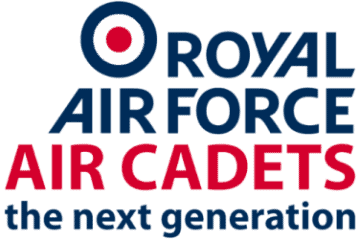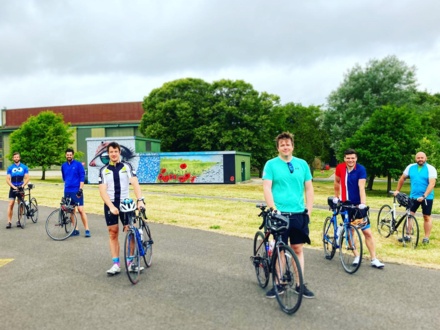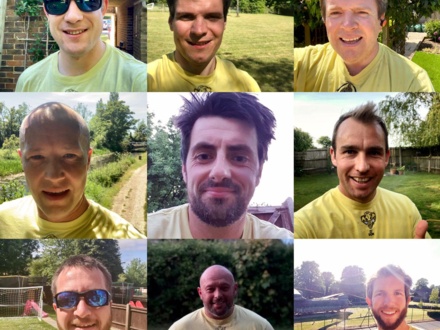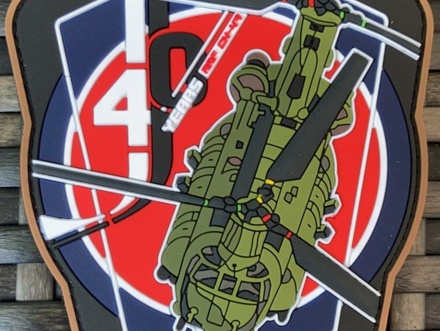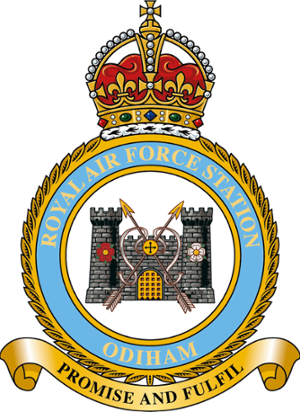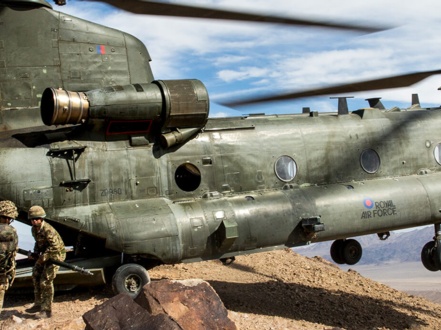About
The RAF Chinook Display Team, based at RAF Odiham in Hampshire, exists to demonstrate the Chinook Force’s capability. In addition to serving on the Display Team, the crew are also part of a fully operational Squadron where they balance their operational training demands with practising the display sequence.
ROLE
The Chinook is an extremely capable and highly versatile support helicopter that can be operated from land bases or ships in a range of diverse environments, from the Arctic to the desert or jungle. The aircraft can be armed, fitted with effective ballistic protection, and is endowed with self-defence equipment that enables it to operate within contested battlespaces. Crews are trained to operate against a plethora of land, sea and air based threats. Chinooks are primarily used for moving troops around the battlefield to deliver air manoeuvre, provide logistical resupply and conduct battlefield casualty evacuation.
With its triple-hook external load system, internal cargo winch, roller conveyor fit and enormous reserves of power, the aircraft can lift a wide variety of complex underslung or internal freight, including vehicles. It can carry up to 55 troops or up to approximately 10 tonnes of mixed cargo.
Its secondary roles include search and rescue, and supporting a wide variety of specialist tasks, including the National Resilience commitment. A Chinook crew traditionally comprises two Pilots and two Weapons System Operators, which can be augmented by specialists depending upon the requirements of the mission.
CAPABILITY
In addition to its traditional war fighting roles, the Chinook’s lifting capability is held at readiness under the National Resilience commitment to respond to emergencies in the UK; in recent years these have included resupplying snowbound farmers in Northern Ireland, moving tons of aggregate to help reconstruct flood defences damaged by winter storms. The Chinook Force were also pivotal in preventing Toddbrook reservoir dam from collapsing, whereby the Chinook was used as an airborne crane to accurately position ballast to sure up the dam wall.
The current operational Chinook fleet is 60 strong, comprising 3 subtly different variants of the Chinook airframe. The Chinook Mark 5 incorporates an extended-range ‘fat tank’ capability, which doubles the fuel load of a standard Chinook. The Mark 6 is used for support to special forces operations. The Mark 6A are used for the display, and make up the bulk of the RAF’s fleet of. The Chinook is forecast to be updated under a sustainment program, and will therefore remain in Britain’s inventory until at least 2060, no doubt remaining crucial to the delivery of Defence’s outputs.

